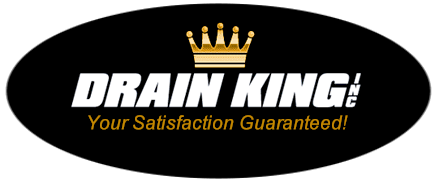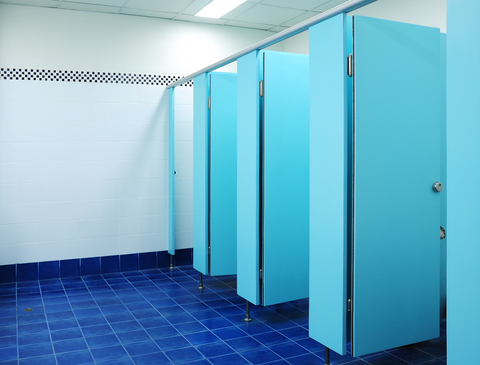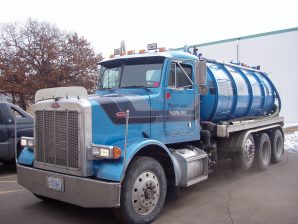At Drain King, we provide several services to assist customers and companies with sewer system repair and maintenance. But what is a commercial sewer system and how does it work?
A sewer system is comprised of a centralized network of pipes that collect both wastewater and stormwater from multiple sources and transports it to a sewer facility for treatment or disposal. Urban sewer systems are typically one of two types: 1) a combined system, in which both sanitary wastewater (comprised of liquid and waterborne wastes) and stormwater share the same pipeline, or 2) a separate system, where wastewater and stormwater travels in separate pipelines, called the storm sewer.
Ideally, a sewer system is gravity-powered. Drainage pipes from each building (i.e. residences, commercial buildings, industrial complexes, etc.) flow to a sewer main that runs down the middle of the street. The sewer mains flow into the treatment plant, which is usually located in a low-lying area. Once there, the water goes through one, two, or three stages of treatment, depending on the capabilities of the plant.
The first stage is called Primary Treatment. Holding pools allow waste solids to settle and the scum to rise. The system then collects the solids for disposal. If this is the only stage of treatment, the water is chlorinated to kill the remaining bacteria before it’s discharged.
The second stage, called Secondary Treatment, uses bacteria in large, aerated tanks to remove organic materials and nutrients from the wastewater, which then flows to settling tanks, where the bacteria settle out. This treatment removes up to 90 percent of all solids and organic materials from the wastewater.
The third stage, Tertiary Treatment, can vary, depending on the community and the composition of the wastewater. Typically, chemicals are used to remove phosphorous and nitrogen from the water, but filter beds may also be used. Any remaining bacteria are killed by adding chlorine, and the wastewater is discharged.
While many commercial businesses can connect to a centralized sewer line provided by local governments or private corporations, the regulation and requirements are different in every city. Businesses are typically charged for usage based on the amount and content of the wastewater that is processed. For example, restaurants require systems that are capable of managing oils, fats, greasy substances, and food items. Fats, oils, and grease (FOG) are one of the leading causes of sewer overflows and maintenance concerns in sewer systems across the United States, and must be carefully monitored and controlled.
For areas without an existing sewer system, establishing centralized sewer services can draw businesses to the community and promote commercial growth. Without a system in place, businesses are forced to rely on in-ground septic tanks, a type of onsite sewage facility. Wastewater is collected and stored in a holding tank that is installed on the property. Regular preventative maintenance is required to remove solids that settle at the bottom of the tank, which often becomes the responsibility of the resident or property owner. If neglected, septic systems can pose a variety of problems for the owner. They can also cause pollution levels to exceed acceptable limits, harming plant and animal life.
Here at Drain King, we can help you with all of your sewer-system needs. Please contact us at 888-391-6241 or visit our website for more information. We can answer any questions you have.




